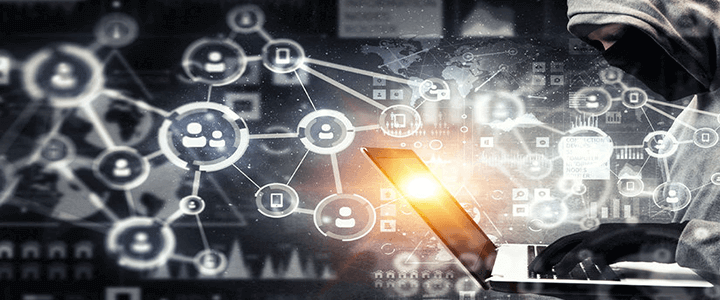Meet Katie Jones, a Russian specialist with her professional chops centered in Washington, D.C. where, according to her LinkedIn profile, she ostensibly worked for the Center for Strategic and International Studies (CSIS).
The Associated Press learned of this particular Katie Jones (there are hundreds of Katie Jones on LinkedIn) via a Russian specialist within London’s Chatham House, Keir Giles. To those observing from afar, Jones, a Russian-Eurasia research fellow within CSIS, was reaching out to a peer to connect, as thousands of us do every day on the social network.
What Jones wasn’t counting on was Giles asking the question, prior to clicking accept, as to why he had not heard of this person who claimed years of employment within CSIS focused on Russia.
Subsequently, the AP, who was able to review the fake Katie Jones LinkedIn profile prior to the social network taking it down, did a bit of first-person due diligence and contacted CSIS. Spokesperson Andrew Schwartz said that “no one named Katie Jones works for us.” They continued, and contacted the University of Michigan. The university noted how they were “unable to find anyone with this name earning these degrees from the university.”
Interestingly, those behind the creation of the Jones persona, associated an AOL.com email account with her LinkedIn profile. This subtlety no doubt would provide a bit of unconscious validation to those reviewing her profile that she had been around a while. But to those longer in the tooth, it should have been a signal that this individual and an AOL.com email account are incongruous. While Yahoo owns the AOL brand and provides the email service, this writer notes that the majority of those using an AOL account within his virtual Rolodex do not fall into the demographic of a 30-something professional.
Fake imagery
The artificial intelligence connection doesn’t appear in the engagement side of the equation, but rather in the analysis of the LinkedIn profile photo which Jones had associated with her account. A number of graphic artists attributed the creation of Jones’ image as being “a fake face,” created by a process called, generative adversarial networks (GANs), or artificially generated imagery. A step which would thwart the simple check of the image across the internet to see other instances of that same image. Remember the Robin Sage incident of 2009-2010 when the creator used a model’s image? Foreign intelligence operatives in some cases are becoming a little more savvy (although a number of stock photo profiles are still out there).
Intelligence Services count on your behavior
The Russian intelligence services were called out for their use of LinkedIn with respect to taking down critics and spreading disinformation in January 2019. And the British counterintelligence warning of hostile service’s use of LinkedIn issued in 2015 still remains valid.
While the Jones persona apparently was just getting started in connecting and engaging, her backers had successfully engaged approximately 50 individuals whose networks were large. The AP learned, via direct interview with some of these individuals, that they routinely accept requests from those who reach out. While perhaps not the most prudent means to use the social network where one posts, publicly, their business background and experiences, every individual uses social network engagement in the professional realm a bit differently.
One person’s lack of filtering, compared to another person’s cautious engagement.
It is within these differences in the manner of using the social network where the hostile intelligence services thrive. As we discussed in 2018, the hostile intelligence service is counting on the next individual with whom they attempt to connect to allow such engagement based on the prior connection with a “trusted person.”
Who are you connected with?




